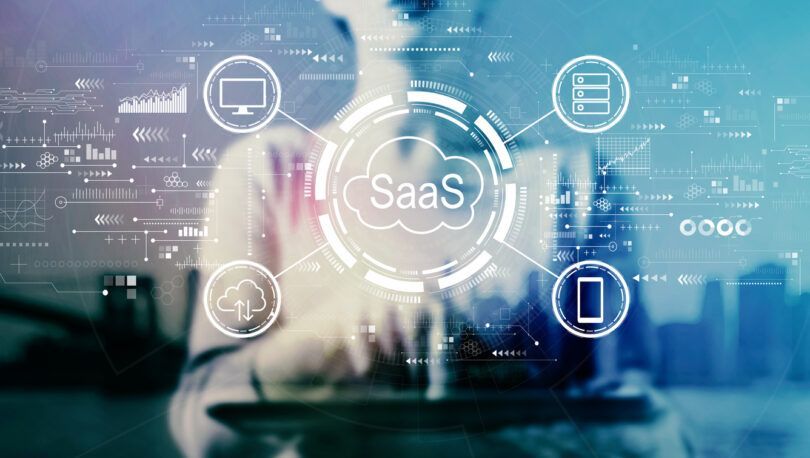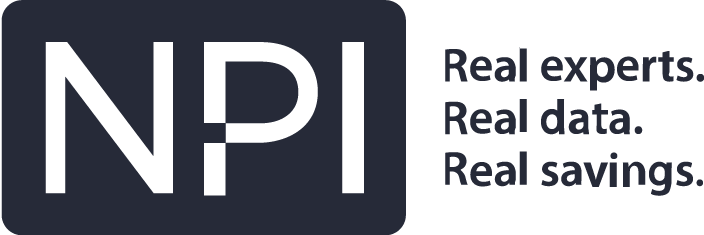BLOG
On-Premise vs. SaaS – Enterprise Software Pricing Considerations and Negotiation Insights
While some have said on-premise software is the new legacy, there are plenty of enterprises that are still wrestling with the transition. Two factors are amplifying the debate.
First, current economic and industry volatility is accelerating certain IT initiatives – particularly remote workforce and digital transformation initiatives that will improve productivity, efficiency and customer experience. Second, vendors are pushing (if not forcing) their customers to make the move away from perpetual licensing to subscription-based models.
Why? The short answer is SaaS is good for vendors. Subscriptions generate recurring revenue, which is one of the holy grails of valuation, and over time, they generate more revenue than their perpetual-license-fee-plus-maintenance counterparts. But those aren’t the only reasons. Others include:
- It’s cheaper for the vendor to maintain
- Gives the vendor increased control of security, and that benefits customers too
- Reduces software piracy
- Allows for easier deployment of upgrades for both vendors and customers
There are many things to analyze when considering the move from on-premise to SaaS:
- What is the value to your organization in moving away from a perpetual license model?
- Is there additional functionality in the SaaS offering that you would use?
- Does your organization benefit from easier access to the software that a SaaS model provides?
- Do you struggle with upgrades under a perpetual model that go away with SaaS?
- Do you have viable alternatives to moving to a SaaS model?
- What are the cost implications of the move over the long term?
Pricing and Negotiations
Much has been discussed about the pros and cons of on-premise pricing vs. SaaS. The basics are this: Subscriptions tend to start at a lower cost than buying software licenses. But when you already own perpetual licenses and pay support, your current annual support costs are much lower than subscription costs. The good news is the delta can typically be negotiated, and leverage will depend on the answers to the questions above regarding value to your organization, along with your options.
Speaking of negotiation, as my colleague pointed out in this post, the belief that SaaS subscription pricing isn’t negotiable is fake news. Over the last several years, we will admit that discounting for SaaS subscriptions has trended lower. This is because many vendors have established more reasonable initial price points. Their cloud offerings have also gained traction which means fewer vendors are “giving away” SaaS as a means to meet their internal market share metrics and establish cloud beachheads within the enterprise footprint.
However, in many cases, price points remain inflated enough that most vendors still have room to maneuver on price. Many enterprise SaaS vendors (especially those with roots in legacy on-premise software) aren’t behaving that differently than the generations of software vendors before them. IT sourcing pros should approach SaaSdeals with the same scrutiny as an on-premise software deal, and with the same expectation to negotiate a better deal than the vendor is offering. Performing price benchmark analysis on a SaaS quote will uncover savings targets and provide a clearer picture of cost as companies consider their next move.


